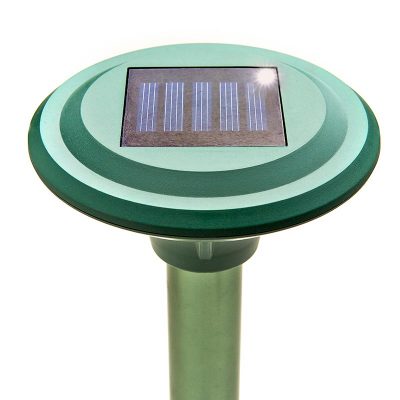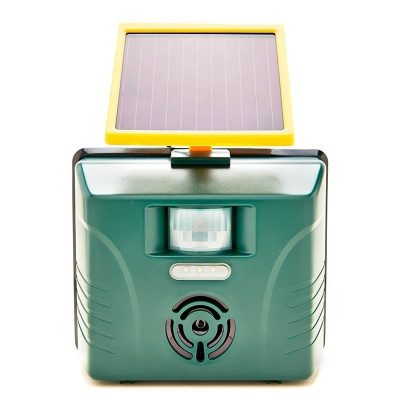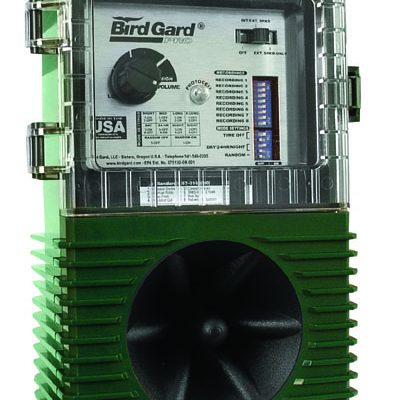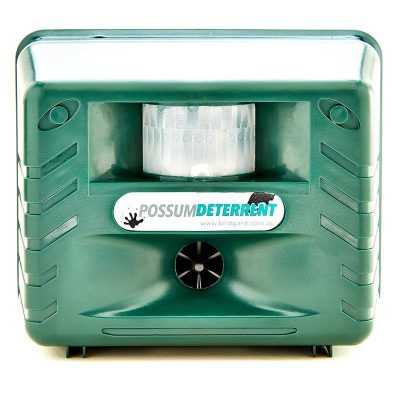There are four main species of flying fox in Australia.
- Little Red Flying Fox: The smallest of the 4 species. It weighs from 350 to 600 grams. Found throughout Australia except the southerly and central areas where they may visit nomadically.
- Black Fly Fox: The largest species of flying fox is found throughout coastal tropical regions as far south as north New South Wales.
- Grey-headed Fly Fox: Found from Bundaberg (Queensland) all along the coastal strip to Victoria.
- Spectacled Flying Fox: Found only in far northern Queensland
Flying foxes in Australia may carry the fatal human disease lyssavirus. It is very important to avoid being bitten or scratched when handling these animals (even if they are already dead).
Flying foxes can be found in mixed groups. The fact that there may be more than one species feeding in the same area can cause confusion with identification.
Flying foxes’ natural food is largely blossoms and native fruits and berries. Blossums would probably be the greatest part of their diet. With the introduction of orchards, the availability of food in some areas has greatly increased and many farmers agree that flying fox numbers are increasing every year. Flying foxes coming out of their bush camps at night to feed on fruit crops can literally wipe out an entire crop. It is easier and quicker to eat cultivated crops than to have to fly great distances foraging from tree to tree finding blossoms.
Bird Gard’s founding director was a pioneer lychee grower in south east Queensland and still operates a very productive high yielding lychee orchard. This orchard is protected by a sonic fence around its entire perimeter. It is also illuminated at night by blinding floodlights. Consequently, the annual loss to flying foxes and lorikeets is about 2% at most! In contrast to this, the loss to flying foxes and lorikeets in most lychee orchards in Queensland averages out at about 50%.
Flying foxes are intelligent – individuals have been observed flying down the rows, low down in between the trees. This way they avoid the sound from the speakers up above the canopy and are shielded to a degree from the lights mounted on the large lighting towers which stand guard over the entire orchard. These crafty individuals need to be expelled before they encourage others to join them.
If some patrolling is done early in the evening with non-lethal bird “frite” cartridges in order to keep out the scouts that first arrive at that time, it is possible to keep the flying foxes under control in most situations. There will, however, always be older more cunning animals which may defy the system. They must be dealt with before the situation gets out of hand. The results of patrolling for an hour or two per night are well worth the effort.
It is strongly recommended that bright floodlights are used in conjunction with the sound. Sound alone does not always produce best results.





Rick Parcell
Hi I am after something to get get rid of a large flying fox colony at my mum’s house in Harrisville QLD . She is an elderly woman and we have had to disconnect her gutters from her tanks as her roof is covered in bat droppings . It has got to the stage that there is so many you can’t walk around without being pooped on and she is starting to get sore eyes etc .
Darren
Hi Rick
We have a 4 speaker device we use to repel Flying Foxes. The device isnt on our website
Best to call to discuss your mums situation (0754436344)
Regards Bird Gard
doug
which of your devices are used to repell flying foxes?
Is the sound component audible?
Darren
Hi Doug
We have a 4 speaker Ultrasonic device that we use to repel Flying Foxes at night. It does make some audible sound but the device is suitable for most homes if that is what your flying fox issue is. The device isnt on the website
Always best to have chat about your circumstances so feel free to call us on 0754436344
Regards Bird Gard
Geoff Gosman
We are interested in ultrasonic control of spectacled flying foxes in our rambutan and lychee orchards. Have you done any work here…..have you any suggestions eg coverage, decibels, sources of supply voltage etc
Darren
Hi Geoff
Bird Gard was initially created because of the flying fox problem it had in its own Lychee crop. We used electronic devices that emit loud sounds. We also use ultrasonic devices to repel Flying Foxes, with a max known range of a 30 metre radius circle. The devices can be powered by 240 via its adapter or off a 12v battery. The device retails at $920.00 incl GST and freight.
Always best to have a chat before any purchase
Regards Bird Gard
Cheryl
Hi
We have recently moved to Skinner Close Coffs Harbour. There are large palm trees around our new home and pool. The flying foxes are now eating the palm fronds and have become a problem with excrement.
Can you suggest a solution?
Cheryl
Darren
Hi Cheryl
We have a 4 speaker ultrasonic device that we use to repel Flying Foxes. They retail at $920.00 incl
always best to call us to discuss your circumstances before purchase
Regards Bird Gard
adel
Do you have equipment effective against roosting grey-headed flying foxes?
Darren
Hi Adel
yes we can repel Flying Foxes but we will need more info from you. Factors such as what are you trying to protect ? such as a domestic home.
Also your physical address so we can look at it on google earth is helpful
Regards Bird Gard